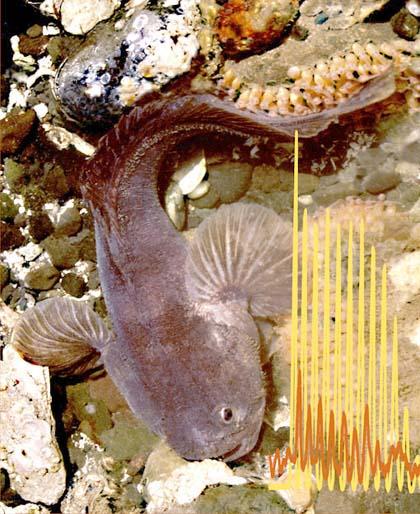Zumbar and listen to sounds at the same time

Porichthys notatus is a fish capable of producing noise while listening to external sounds. This fish, which lives on the western coast of North America, owes its capacity to a special system: the brain blocks the ear at the time the sound occurs. In this way, the noise it generates does not bother. In the next millisecond, the block ends and the hearing is free, so fish can hear external sounds. Somehow, auditory block and vocalization are synchronized.
This capacity is very special and rare. Few fish have the ability to produce sounds, among which stands out the male of Porichthys notatus. Keep in mind that the sounds it emits in the form of reproduction are so strong that people who live in San Francisco Bay complain about the noise. According to them, the sound that produces the fish can be matched with a high speed submerged engine.
Scientists have not worried about the situation of the inhabitants of San Francisco, but, at least, the researchers at the University of Cornell have discovered how the fish develop to prevent the buzz produced by themselves from bothering them. In addition, they consider that research can be useful to understand some aspects of deafness.
In the image appears a graph of nervous impulses. The impulses that go to the muscles of the voice appear in yellow, which causes the buzz. However, the sound occurs a little later, between two yellow tips. At that time, the brain sends the signal to the ear of the fish (in the graph in red). By means of this signal, the ear is blocked at the time of sound emission.
Photo: © Cornell University
Buletina
Bidali zure helbide elektronikoa eta jaso asteroko buletina zure sarrera-ontzian











